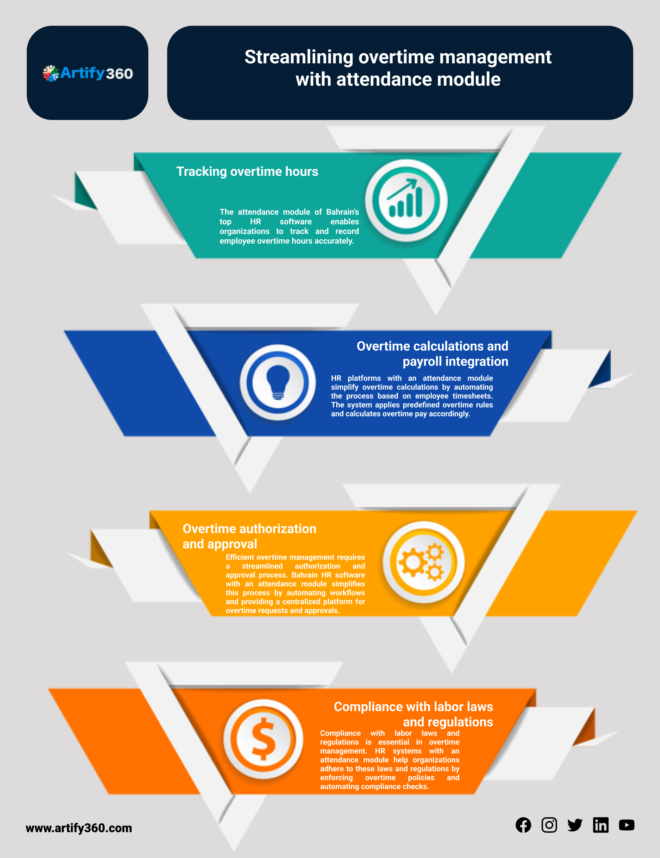blog address: https://www.siroclinpharm.com/services/biostats/
keywords:
member since: Mar 1, 2024 | Viewed: 550
Unraveling Data Mysteries: The Vital Role of Biostatistics Analysis
Category: Business
In the realm of medical research and clinical trials, data holds the key to unlocking groundbreaking discoveries and advancing patient care. However, the sheer volume and complexity of data collected can be overwhelming without proper analysis. This is where biostatistics analysis comes into play, serving as a crucial tool for extracting meaningful insights and driving evidence-based decision-making. Let's delve into the world of biostatistics analysis and explore its significance in shaping the future of healthcare. Understanding Biostatistics: Biostatistics is the application of statistical methods to biological, medical, and health-related data. It involves collecting, summarizing, analyzing, and interpreting data to draw valid conclusions and make informed decisions in the field of life sciences. Biostatisticians play a vital role in designing research studies, determining sample sizes, analyzing data, and assessing the validity of study findings. Their expertise ensures that research results are accurate, reliable, and applicable to real-world situations. Data Collection and Management: The first step in biostatistics analysis is collecting and managing data from research studies, clinical trials, or observational studies. This involves defining variables, designing data collection forms, and implementing data management systems to ensure data integrity and accuracy. Biostatisticians collaborate with researchers to develop data collection protocols and oversee the process to minimize errors and biases. Statistical Analysis: Once the data is collected, biostatisticians employ a variety of statistical techniques to analyze it. This includes descriptive statistics to summarize data, inferential statistics to make predictions and draw conclusions, and multivariate analysis to examine relationships between multiple variables. Advanced statistical methods such as regression analysis, survival analysis, and Bayesian statistics may also be used to model complex relationships and make predictions based on data patterns. Interpretation and Reporting: After conducting statistical analysis, biostatisticians interpret the results and communicate findings to researchers, clinicians, and other stakeholders. This involves explaining statistical concepts in layman's terms, highlighting key findings, and discussing implications for clinical practice or public health policy. Biostatisticians play a critical role in ensuring that research findings are accurately interpreted and translated into actionable insights that can improve patient outcomes and inform decision-making. Quality Control and Assurance: In addition to analyzing data, biostatisticians are responsible for ensuring the quality and integrity of research studies. This includes conducting quality control checks to identify and rectify data errors, assessing the validity of statistical assumptions, and verifying the accuracy of study findings. Biostatisticians adhere to rigorous standards and guidelines to uphold the scientific integrity of research studies and maintain public trust in the reliability of research findings. Challenges and Future Directions: While biostatistics analysis has made significant contributions to medical research and healthcare, it is not without its challenges. Complex datasets, missing data, and confounding variables present obstacles that require innovative statistical approaches and methodologies. Additionally, the growing field of precision medicine and personalized healthcare poses new challenges and opportunities for biostatistics analysis, requiring adaptive strategies to analyze individual-level data and tailor treatments to patient characteristics. Conclusion: In conclusion, biostatistics analysis is a cornerstone of medical research and clinical practice, driving evidence-based decision-making and shaping the future of healthcare. Without biostatistics, the interpretation and translation of data into actionable insights would be impossible, hindering progress in medical research and patient care. By harnessing the power of statistical methods and techniques, biostatisticians play a vital role in transforming raw data into meaningful knowledge that improves health outcomes and saves lives.
{ More Related Blogs }
.jpg)



